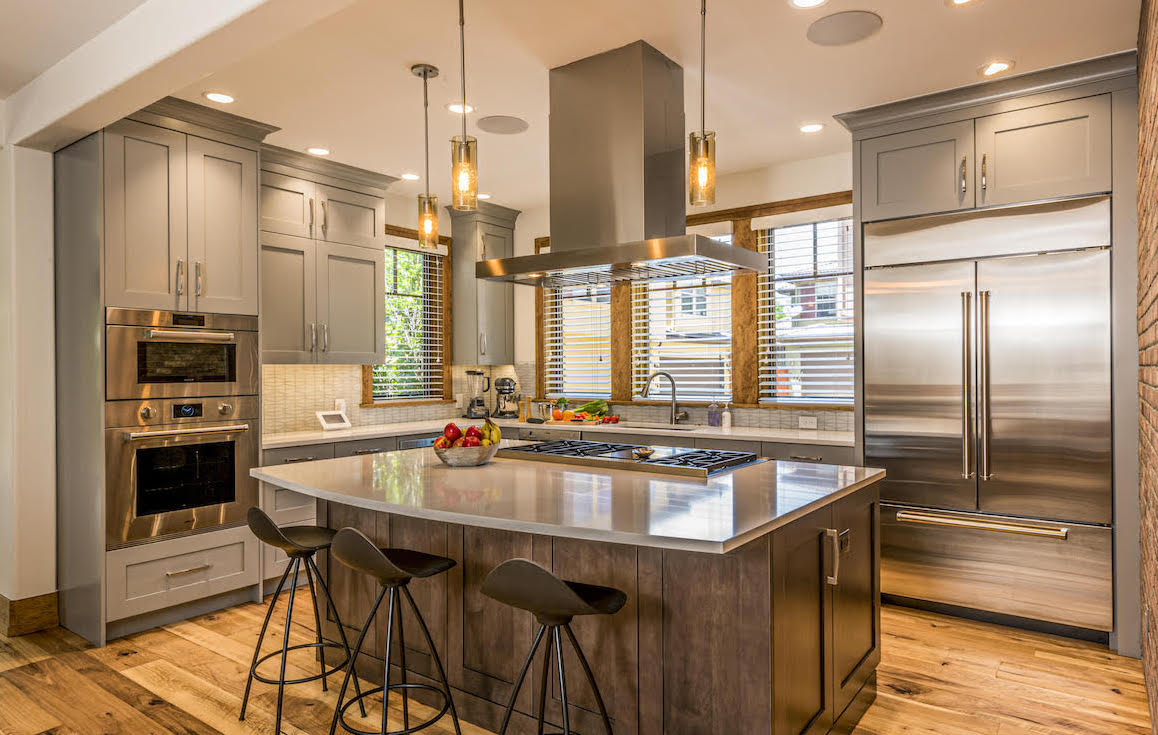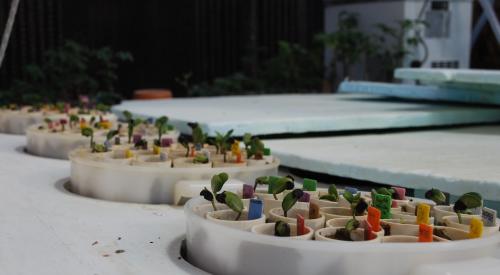While LED human-centric lighting is becoming increasingly common in commercial spaces like offices and hospitals, the rising trend has yet to spill over into the residential sector, according to Doug Walter, architect and lighting subject matter expert for NKBA and IES. Still, he says that its time is coming soon. The presence of new and innovative LED lighting and controls, including UVC residential lighting products at the 2022 International Builders’ Show supports his prediction for explosive growth in lighting with an emphasis on biophilia for homeowner wellness.
The science behind human-centric lighting is still relatively recent, dating back just 20 years, according to Walter, when scientists first discovered the presence of retinal ganglion cells on the retina. Though crucial to our biology, retinal ganglion cells actually have nothing to do with vision. Instead, they send signals deep inside the brain, which then sends signals to every gland in the body to control hormones, and thus, sleep cycles, emotions, mood, alertness, cognition, development, and even digestion.
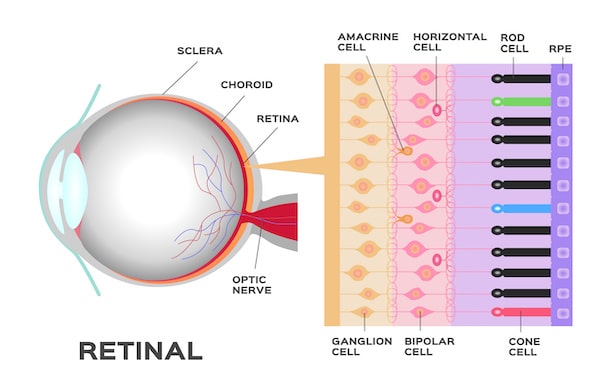 “There are severe health implications of disrupted circadian rhythms,” Walter explains, “including diabetes, obesity, cancer, and heart disease, among others. So this is really the direction where lighting is headed; light as medicine. The charge is being led by designers in the health field and continuing care field. Because when you think about it, these users are people who really don't have the ability to get outside, so we need to bring the outside in.”
“There are severe health implications of disrupted circadian rhythms,” Walter explains, “including diabetes, obesity, cancer, and heart disease, among others. So this is really the direction where lighting is headed; light as medicine. The charge is being led by designers in the health field and continuing care field. Because when you think about it, these users are people who really don't have the ability to get outside, so we need to bring the outside in.”
From basic cell survival to a good night’s sleep, the circadian rhythm follows the rising and setting of the sun to keep the mind and body functioning normally, but indoor lighting is not an effective substitute for sunlight, scientists say. Though not as powerful as natural light, human-centric lighting offers a healthier alternative to traditional incandescent lighting by mimicking the sun’s daily cycles to sustain the body’s hormonal rhythms in the absence of sunlight.
“Human-centric lighting is an attempt by lighting manufacturers to recreate the beneficial spectrum of light from sunlight,” Walter explains. “Sunlight is the gold standard, it has a full spectrum and pretty much every color, something that new LED lighting products are still attempting to imitate.”
Exploring the Light Spectrum
As remote work comes to a close and a growing number of professionals head back into the office, biophilia is being heavily implemented in workspaces to increase productivity, Walter says, whether that involves natural light from windows or artificial lighting that mimics everyday circadian cycles. Hospitals have embraced human-centric lighting in a big way, and have been using UVC disinfecting light for decades in uninhabited spaces, Walter adds. UVC disinfection was invented back in 1877, and used to disinfect tuberculosis wards.
One recent example is the new St. Elizabeth Healthcare Cancer Center in Edgewood, Ky, where architects introduced biophilic design featuring natural materials and warmer lighting hues with pastels and light yellows to improve the mental and physical health of patients. The therapeutic benefits are tenfold, according to the project designers, who hope that similar design trends soon spill over into other healthcare fields and work settings. 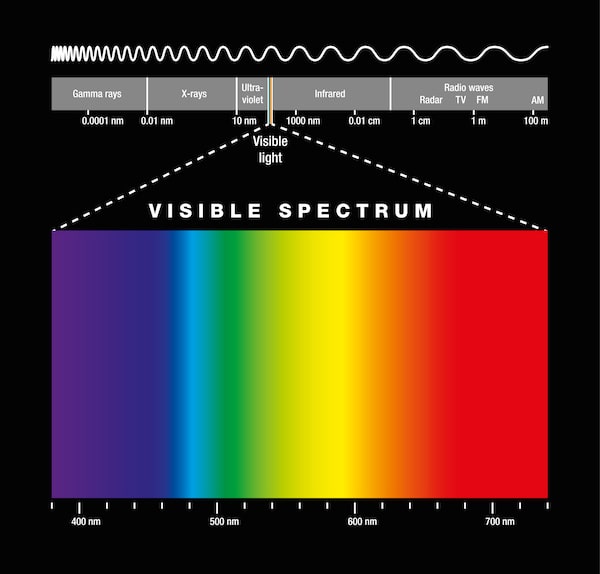
As new lighting technology takes over the commercial world, the range of color and brightness features available for consumers is becoming seemingly endless. “Particular parts of the lighting spectrum that are most involved in human biology are the blue ends—the 480 to 510 nanometer range (think "sky blue")—and a yellow red, which is similar to the afternoon or evening sun,” says Walter. “It's important for humans to get a dose of blue light in the morning to get their cortisol flowing, suppress the melatonin, and get their whole circadian rhythm trained.”
Products like Spektrum+ Smart Lighting on display at the 2022 International Builders’ Show offer a glimpse into the future of human centric lighting in the residential sector with personalized color options and smart control systems. 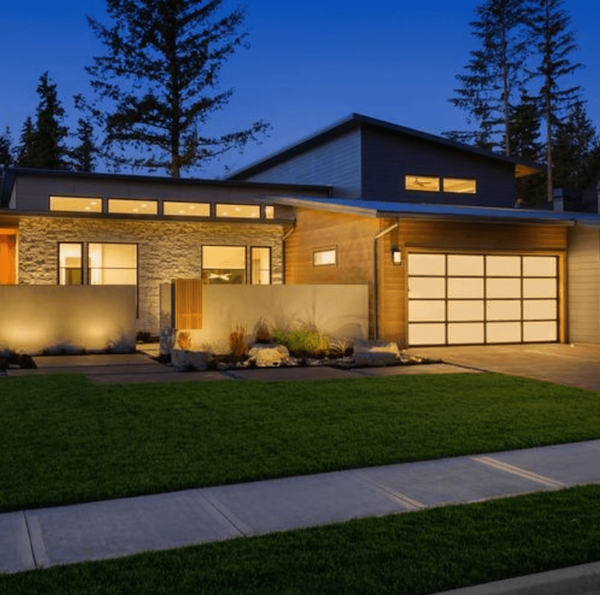 Customizable lighting products like Spektrum+ Smart Lighting can be adjusted to match sunny hues or to sync with sleep cycles and seasonal patterns to follow the rising and setting of the sun year round.
Customizable lighting products like Spektrum+ Smart Lighting can be adjusted to match sunny hues or to sync with sleep cycles and seasonal patterns to follow the rising and setting of the sun year round.
The Trouble with UVC Lighting
Apart from decorative light fixtures and LED strips, UVC light—a form of electromagnetic radiation present in sunlight—provides an added advantage for health-conscious homeowners by disinfecting surfaces and killing viruses before they spread. In the aftermath of a global pandemic, interest in UVC disinfecting light is at an all-time high, but at the potential cost of retinal damage. On top of its physical detriment, the proven science around what is safe dosage is still being debated, according to Doug Walter. IES only just published their new study, IES RP-44, “Germicidal Ultraviolet Lighting” in February 2022.
“There are several manufacturers offering downlights and fanlights with a purplish light coming out of them that supposedly kills viral cells,” says Walter. “There was a huge interest in this at the start of the COVID-19 pandemic when transmission was thought to be by contact only, but scientists have since found out Covid is transmitted mostly by aerosol. The other trouble with UVC light is that it's damaging to the skin and to the eyes, so you never want to actually see it.” For high ceiling spaces where a fixture can be introduced that shines the UVC upwards, no problem. Many restaurants use such fixtures, Walter says.
While UVC lighting may remain a temporary COVID-era solution, the long-term success of LED human-centric lighting in the home depends on a variety of factors, from health benefits to energy conservation, says Walter. Over the past several years, homeowners have been hit hard by the health consequences of the COVID-19 pandemic, as well as spiking utility costs caused by natural gas shortages in a constrained supply chain. The U.S. Bureau of Labor Statistics reported a 10.7% increase in electricity prices at the start of 2022, a hurdle possibly circumvented by efficient LED lights, which use 1/5th the energy of halogen and incandescent. 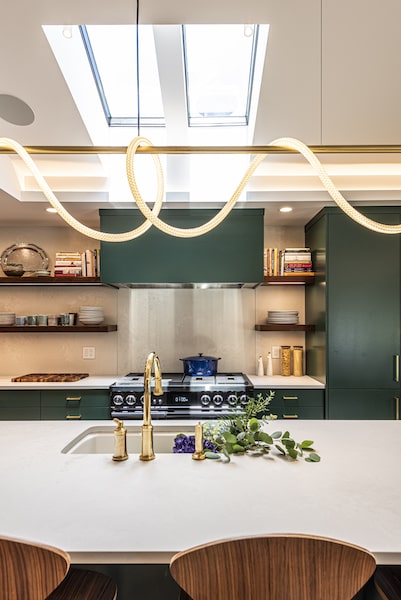
Lighting Moving Forward
“I keep throwing out the time frame of five years until this type of lighting becomes commonplace in residential. I watched the evolution of LEDs, and they’ve been on my radar since the late 90s,” Walter says, “but it wasn't until about 2012 or 2013 when they started to become widely available and we could start to spec them. LEDs are much longer lasting than fluorescents with a better quality of light and more resistance to vibration. They also have no mercury and no ultraviolet. LEDs are an answer to prayer from an energy conservation standpoint as well,” a key driving factor in an up and coming residential lighting transformation.
The benefits of LED lighting span far beyond even the tangible and the visible, improving the mind and body, providing sanitation technology, and reducing inflated utility prices for homeowners. As the pros continue to stack up against the few and far between drawbacks, human centric lighting is slowly but surely inching its way into the residential sector, where experts like Doug Walter say it will be here to stay.
